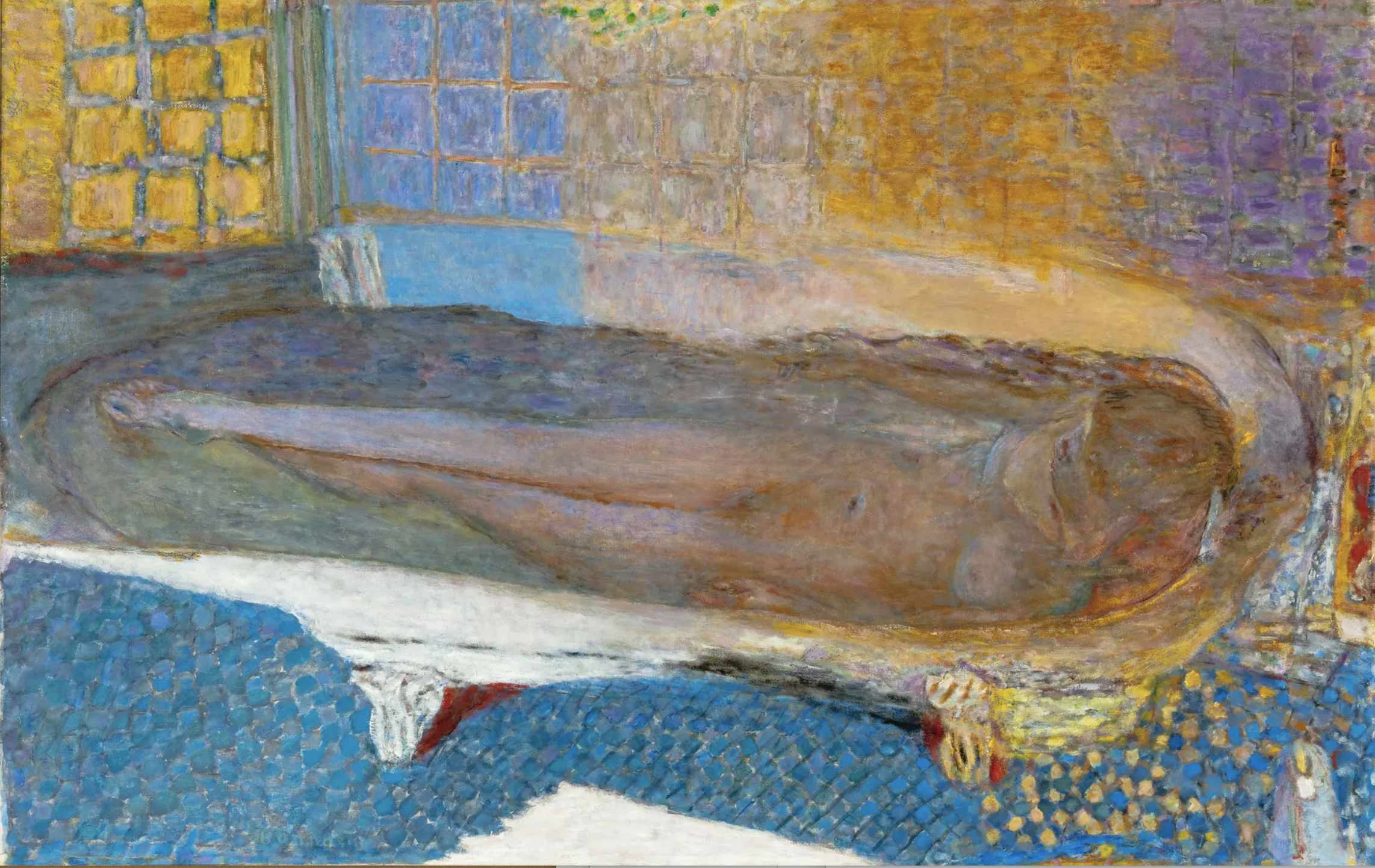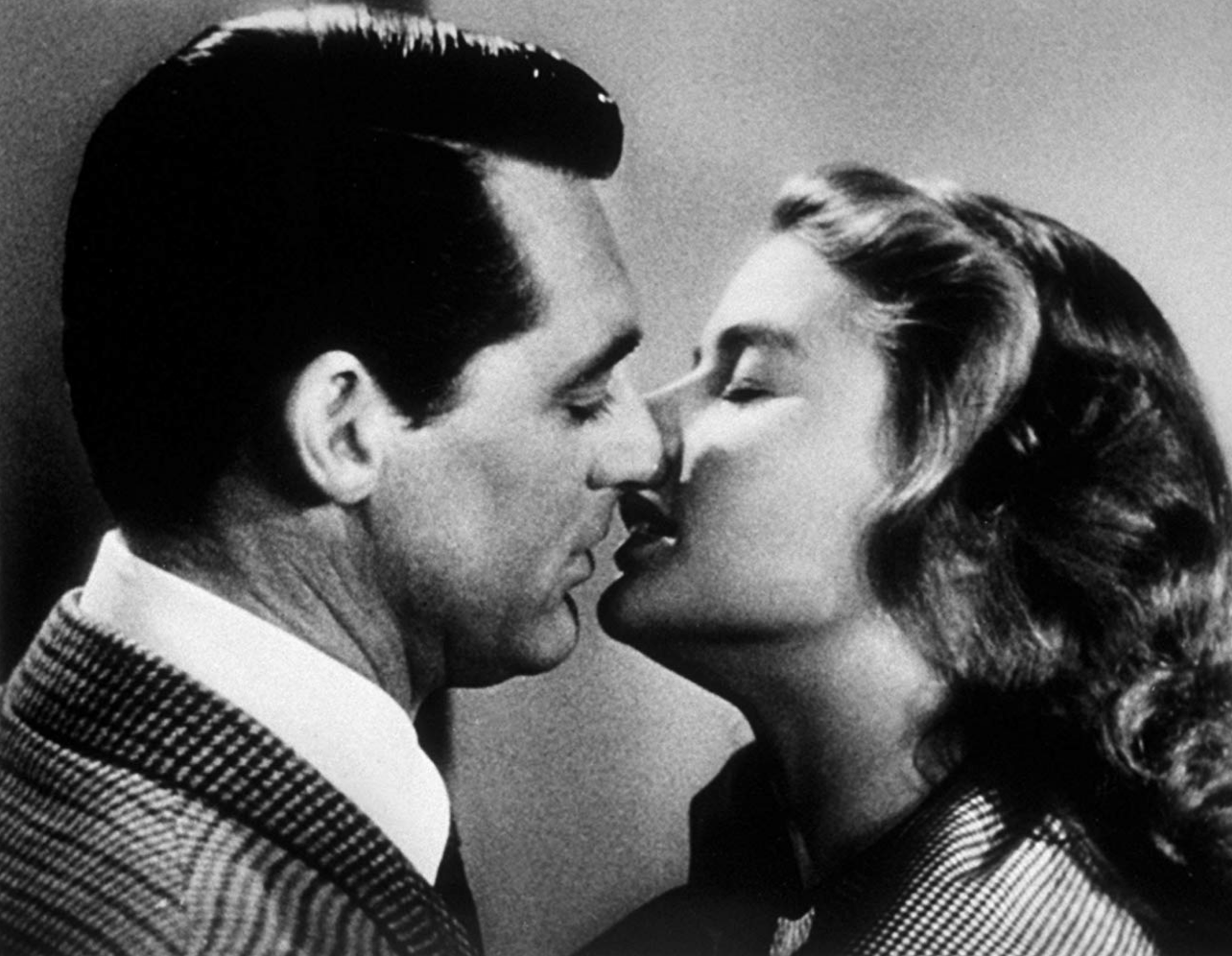Who Is Normal? The Strange Beauty of Diane Arbus
Man in hat, trunks, socks and shoes, Coney Island, NY, 1960, by Diane Arbus
‘You see someone on the street, and essentially what you notice about them is the flaw.'
Diane Arbus
I recently attended an excellent exhibition of the early work of photographer Diane Arbus. (‘Diane Arbus: In the Beginning’ is at The Hayward Gallery, London until 6 May.)
Diane Nemerov was born in New York in 1923. Her parents owned Russek’s, a Fifth Avenue department store, and she grew up in some comfort. At 18 she married her childhood sweetheart, Allan Arbus, and soon after she took up photography. For just over a decade the Arbuses ran a commercial photography business, with Diane contributing as stylist and art director. In 1956 she quit and began life as an independent photographer.
'My favorite thing is to go where I've never been.'
Arbus wandered the streets of New York searching for subjects. She was drawn to Central Park, Times Square and Coney Island; to bars and barbershops, the subway and snack bars, movie theatres and the morgue.
'Nothing is ever the same as they said it was. It's what I've never seen before that I recognize.'
Arbus was fascinated by human frailty and eccentricity. Perhaps what we take for ordinary may be worth a second look. Here’s a slim kid with a toy hand grenade, a teenager in a monster mask, a uniformed usher by the box office, an elderly lady in a mink stole. Parents carry sleeping children. Here’s an anxious man yelling in the street, a couple arguing - snarling, eyes bulging - a mannequin in an evening gown. The world seems somehow crooked, distorted, out of joint.
‘I am full of a sense of promise, like I often have, the feeling of always being at the beginning.’
Arbus’ pictures suggest stories that are just beyond reach, incomplete narratives that are about to begin. A down-at-heel Santa Claus walks the city streets. A boy in an ill-fitting boater wears a ‘Bomb Hanoi’ badge. An elderly Uncle Sam looks depressed and tired in his tatty apartment.
'If you scrutinize reality closely enough, if in some way you really, really get to it, it becomes fantastic.’
Arbus is also interested in our relationship with entertainment. She photographs the TV and the cinema screen: a blonde about to be kissed, a screaming woman with blood on her hands, a man being choked to death. She is particularly drawn to the world of stage performers and circus sideshows. She introduces us to trapeze artists, strippers and cha cha dancers; wrestlers, fire eaters and female impersonators. A clown in a fedora. We meet ‘The Human Pincushion’ and ‘The Jungle Creep.’ Andy ‘Potato Chips’ Ratoucheff gives us his Maurice Chevalier impersonation.
'A photograph is a secret about a secret. The more it tells you, the less you know.'
In the past some critics expressed suspicion of Arbus. Is she just giving us a ‘freak show’? Is she exploiting the vulnerable? Is she lacking empathy or compassion?
Female impersonator holding long gloves, Hempstead, L.I. 1959, by Diane Arbus
I suspect that 2019 eyes have a quite different response. Arbus is clearly curious about the margins of conventional society. But she is neither judgemental nor sentimental. She takes people for who they are, revealing their essential humanity. Her pictures have a strange beauty.
'I work from awkwardness. By that I mean I don't like to arrange things. If I stand in front of something, instead of arranging it, I arrange myself.'
I left the exhibition concluding that we are united by our flaws and foibles, our kinks and quirks. We all have idiosyncrasies. They’re what make us attractive, what make us human.
‘The thing that’s important to know is that you never know. You’re always sort of feeling your way.’
In the communication industry, we are constantly considering core consumers and bull’s-eye behaviour. We like to determine average users, typical targets. But these calculations often take us to the anodyne, bland and boring. They represent a filtered reality, an edited truth.
Child with a toy hand grenade in Central Park, N.Y.C. 1962 , by Diane Arbus
Arbus asks us to think again: Who is normal?
Surely in 2019 normal is diverse, irregular, bizarre and offbeat. It is strange and peculiar, different and contradictory, shifting and changeable. Normal is whatever we want it to be.
I’m reminded of a line I recently heard from jazz futurist Kamasi Washington:
‘Diversity is not something to be tolerated, but something to be celebrated.’
In 1971 Diane Arbus took her own life. She had been suffering from depression, an illness that had also afflicted her mother. She was 48 years old.
In one of her pictures from 1960 a homeless man in a shabby overcoat, trilby hat and zip-up sweater holds a dollar bill to the viewer. It is as if to say:
‘What’s this for? Is it really worth it?’
No. 225



















